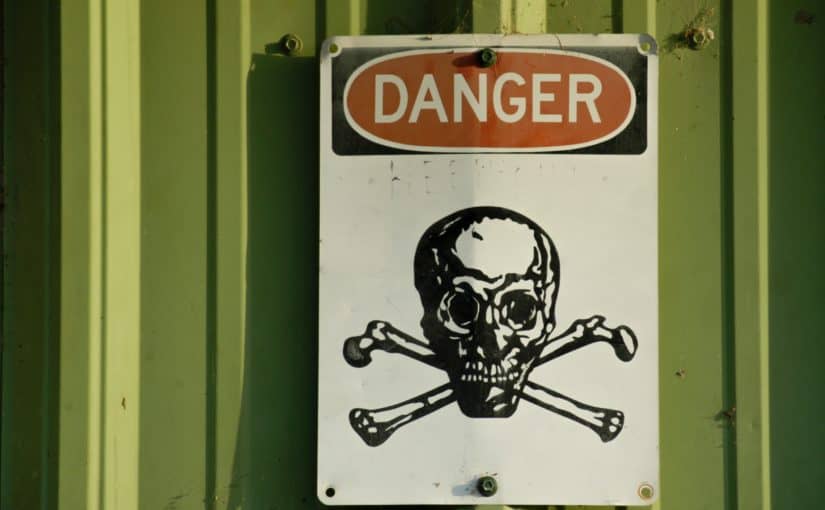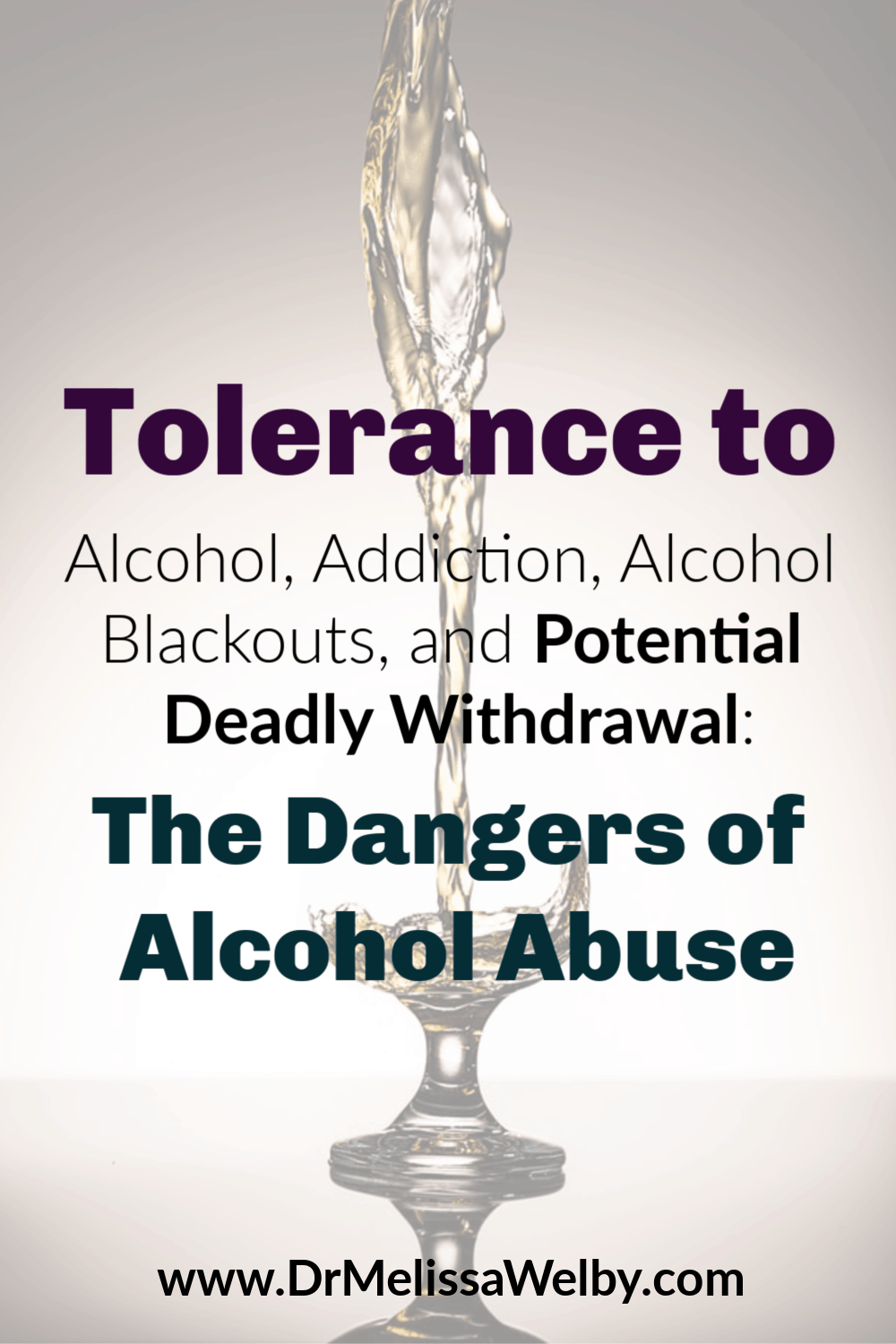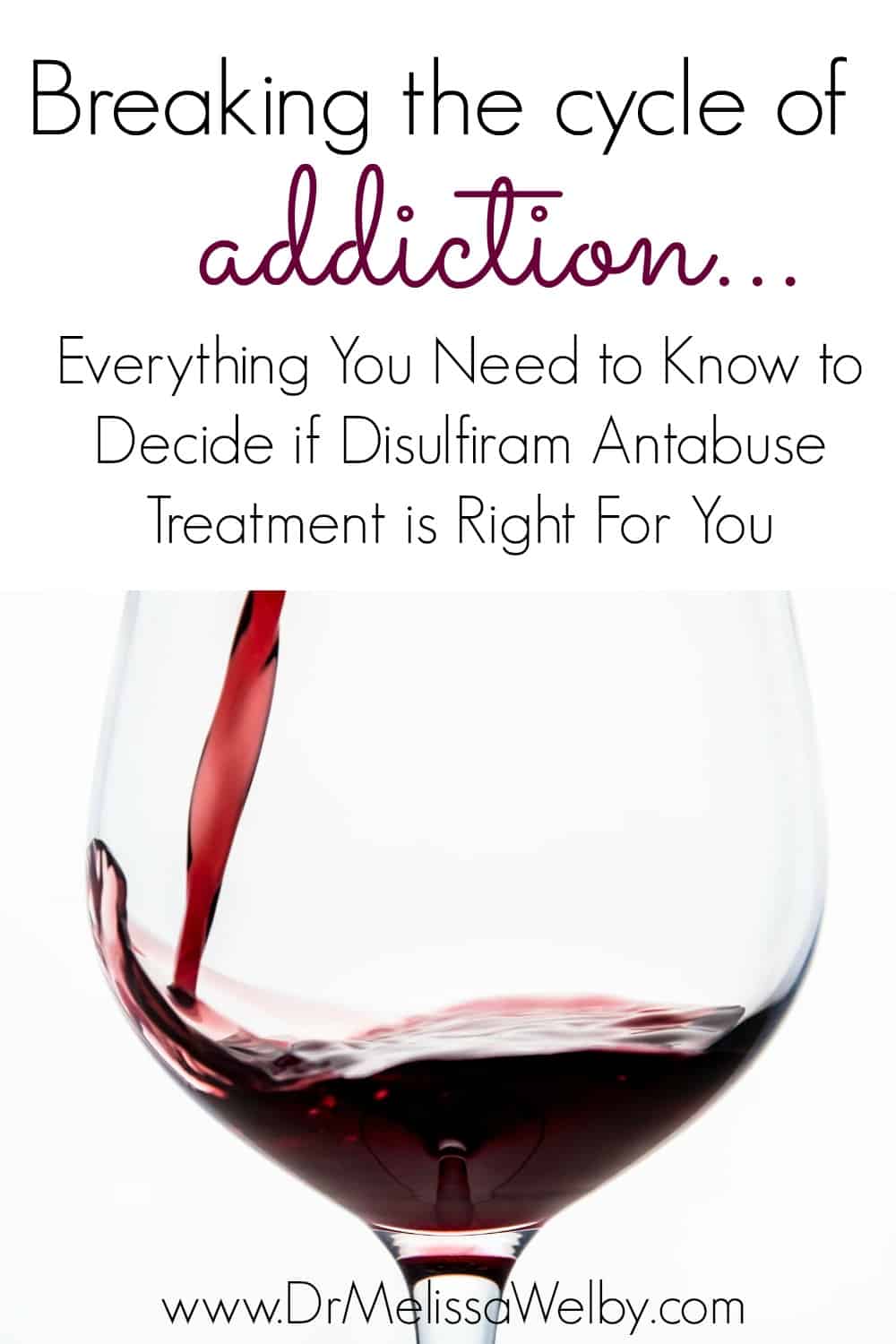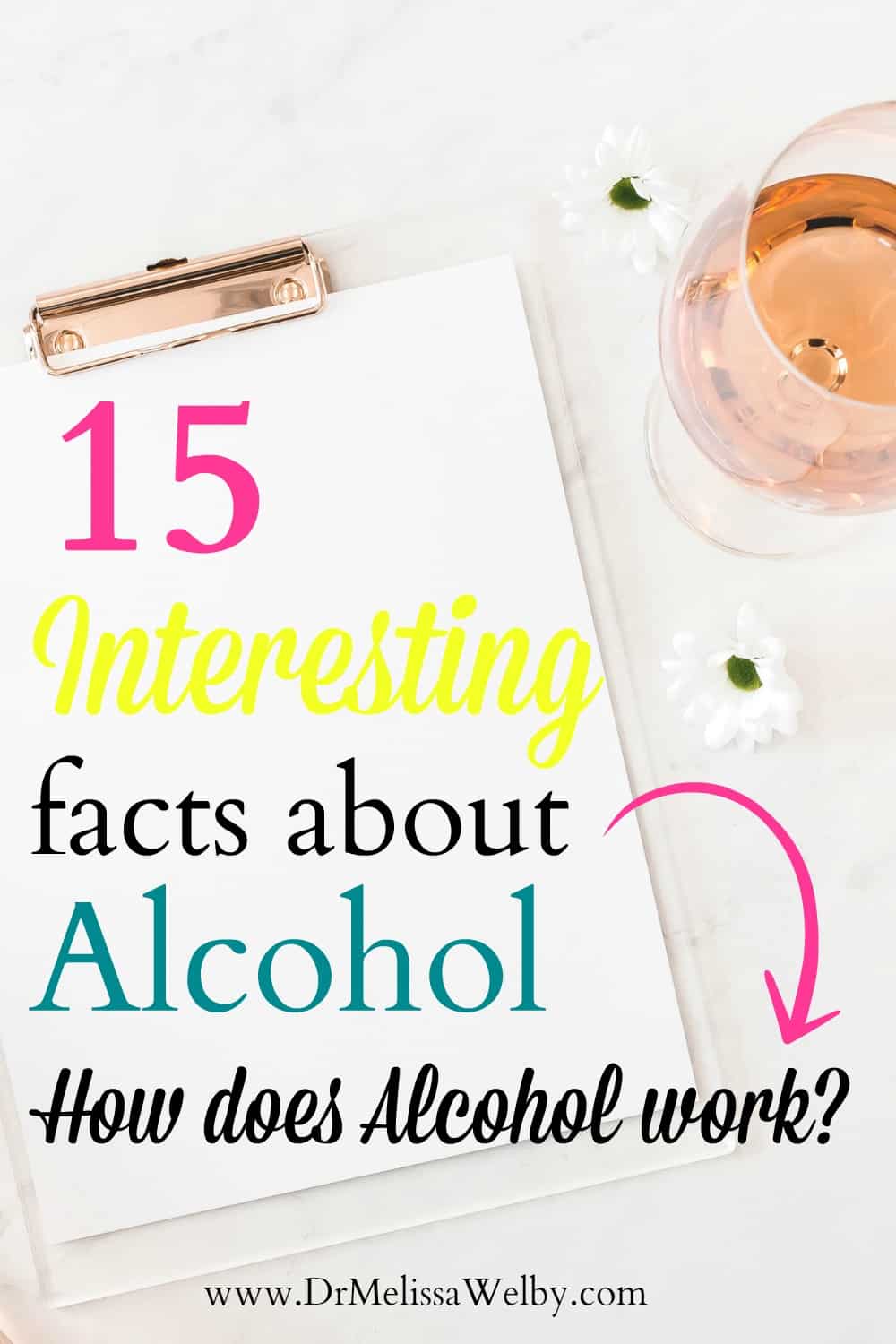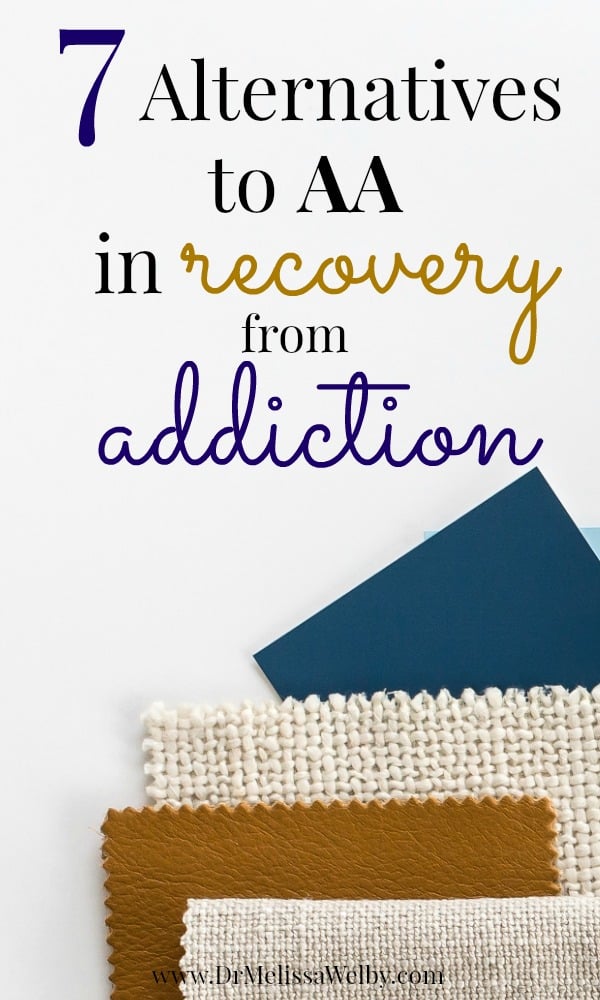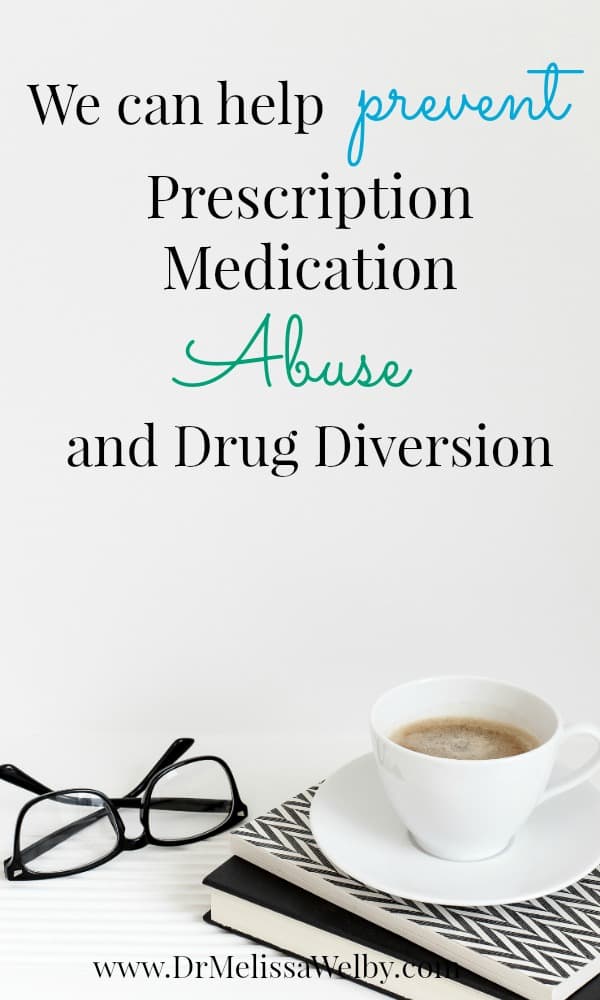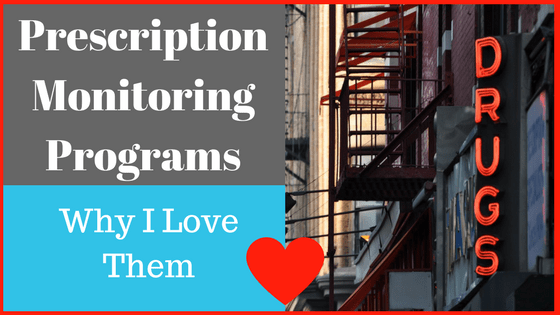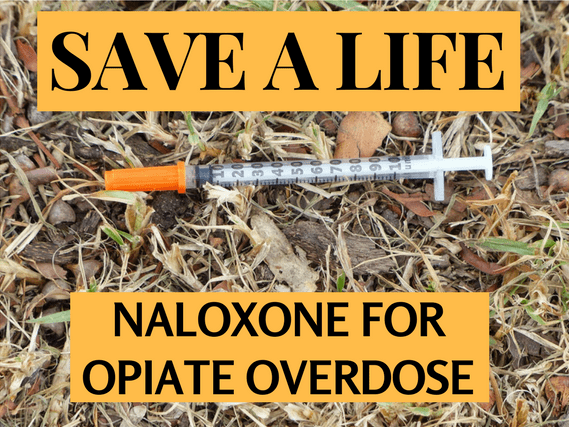There are downsides to regular alcohol use and this post will go into detail about the certain drawbacks and dangers of alcohol abuse: addiction, tolerance to alcohol, alcohol blackouts, and dangerous withdrawal. These consequences can happen at various levels of alcohol intake for different people. Learn more about what to look for with regular drinking.
Read my previous post that includes 15 interesting facts about alcohol to help understand how alcohol works in the body.
Tolerance to alcohol:
With regular use, people become tolerant to alcohol and can drink more before feeling its effects.

